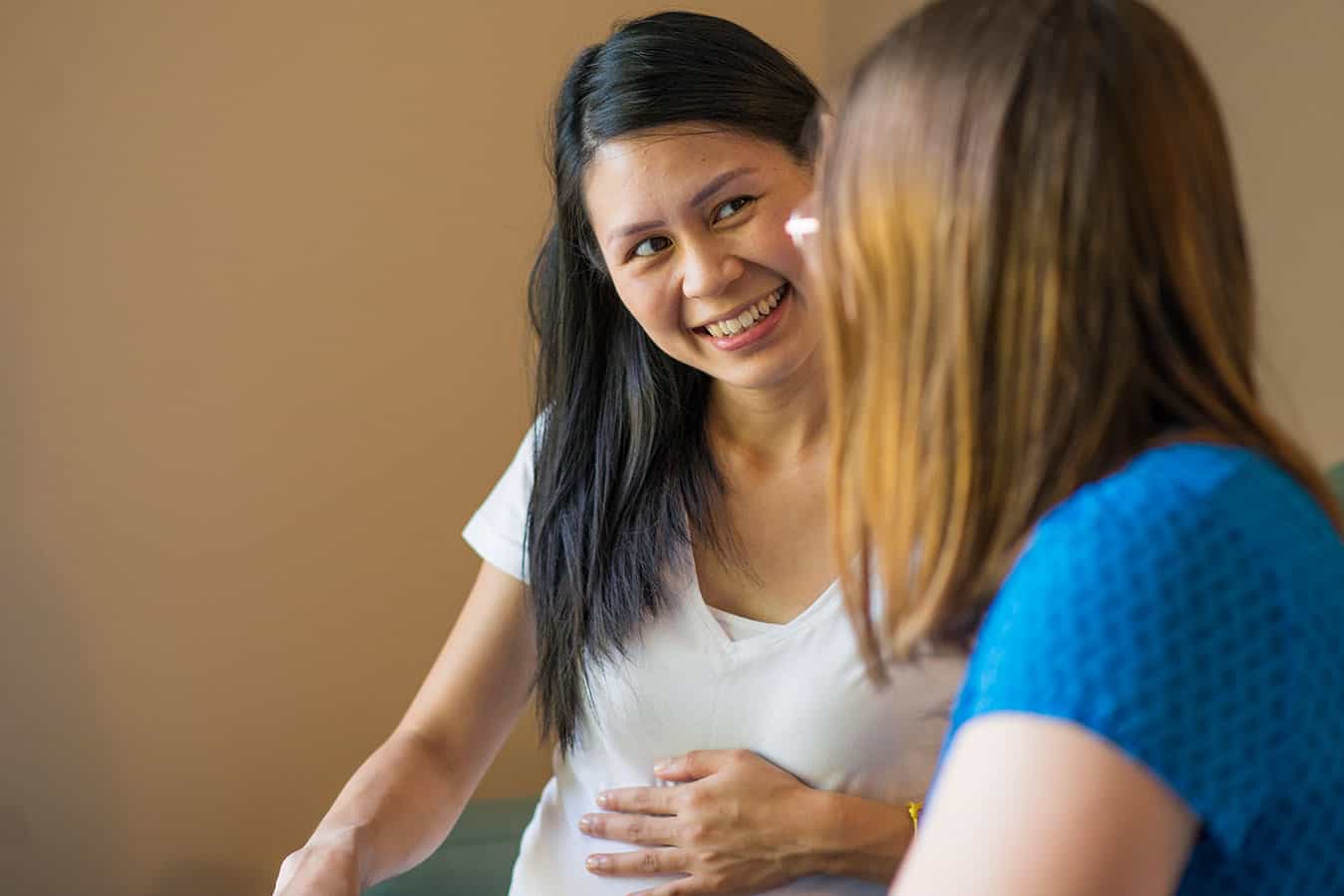Midwives’ professional experience, insider knowledge and ability to draw on colleagues and friends for support and care can help them get the maternity care and birth outcomes they want, a new Australian study has found.
Exploring midwives’ childbirth preferences and outcomes when giving birth to their first child, after qualifying as a midwife, the national survey of 447 midwives found participants had higher rates of continuity of midwifery care, home births, and normal vaginal births, and fewer caesareans, than other women did.
The study argues that their ‘insider knowledge’ likely affords them increased autonomy when it comes to navigating the complex maternity system, leading to birth outcomes more aligned with their choices.
For midwives who were first time mothers, the study found 66% had normal vaginal births, 16.3% had an instrumental birth, and 16.8% had caesarean births. Over 85% of midwives received the model of care they wanted and 45% had continuity of midwifery care. While a quarter of midwives wanted a homebirth only 11.2% achieved this, compared to 0.4% of the public. Over three-quarters (75.4%) of midwives were cared for by a care provider of their choosing.
Births in the study were reported over a wide-range of years from 1959 to 2019; however, 69% of the births occurred between 2000 and 2019.
Tellingly, midwives’ choice of care provider was shaped by prior professional relationships, being friends with that care provider, and the reassurance that the care provider would respect their professional knowledge and experience, regardless of where they chose to birth.
Birthing within a public hospital was the preference for 38.7% of midwives, with 9.8% preferring a private hospital, while 26.9% wanted to give birth in a birth centre. Nearly one-quarter of midwives wanted to give birth outside the hospital setting, specifically preferring a home birth for the birth of their first child.
Over 75% of midwives said they wanted to give birth within the hospital system because they believed their maternity care provider would acknowledge and respect their professional knowledge and experience; they had a pre-existing professional relationship with the care provider; and since hospital births were considered the normal place to give birth, compared to homebirths.
Using their ‘insider knowledge’, over half of the midwives sought out midwifery continuity of care models, with 42.7% wanting Midwifery Group Practice (MGP) and 14.5% preferring a privately practising midwife.
Led by Sharon Coulton Stoliar, a midwife and PhD candidate at Western Sydney University’s School of Nursing and Midwifery, the study is one of the first to investigate the childbearing choices and birth outcomes of Australian women who are midwives.
In 2011, Sharon gave birth to her son via an emergency C-section before developing acute compartment syndrome in her lower right leg, which was left undiagnosed and untreated for 10 days, largely due to her complaints of pain “not being taken seriously by care providers”. Later, she found out that not being listened to and being let down by the maternity care system was not uncommon among midwifery friends and colleagues, and it inspired her to research the topic to give voice to their birth experiences.
Findings from the study suggest that midwives appear to have an advantage in navigating the maternity care system, especially in obtaining their preferred individual care provider.
“We know that CoMC is more likely to result in better birth outcomes, and midwives know this too,” says Sharon.
“In terms of actually getting the CoMC of their choice, midwives know that there is a high demand and to get into these models of care, they need to book in early – pretty much as soon as they know they are pregnant. So midwives act on this. While women in general might wait until their first appointment at the hospital to seek out CoMC, midwives know all the options available and navigate the system to get what they want.”
Similarly, Sharon suggests midwives’ pool of friends and colleagues gives them a much wider range of options.
“They are more likely to know on a personal and/or professional level many or most of the home birthing midwives in their geographical location,” explains Sharon.
“They may have had previous experience working with them or might have trained with them, so it is much easier to get onto that midwife’s homebirth list being a friend or colleague than women who are seeking a care provider for their pregnancy and birth care.
“Alternatively, midwives who want to birth within the hospital setting, particularly at their place of work have potentially more trusted friends and colleagues readily available to care for them on any shift.”
Yet despite half of participants getting access to CoMC, it is estimated that just 10% of women in Australia secure the same opportunity.
Sharon believes the current maternity care system needs an overhaul and that policymakers should invest more into CoMC options to make them the norm.
“However, even when women receive CoMC, they don’t always receive the expected continuity of care that they want,” Sharon points out.
“For example Midwifery Group Practice may have five or six midwives within one group, and ideally a woman should see the same midwife at each visit, and have that midwife attend the birth. In reality, however, this doesn’t always happen, and they could see a different midwife at each visit, and by the time of the birth, although the woman has ‘met’ the midwife, one or two visits really isn’t enough time to develop the trusting relationship that we know is deeply needed by women to feel completely safe in labour. I also feel that if midwives had the opportunity to work in true CoMC models, ie. see the woman for each of her antenatal visits, and be able to attend the birth, I think there might be more of a trusting relationship developed, fiercer advocating against unnecessary medical intervention, and it might result in better normal vaginal birth rates, and more positive birth experiences.”
While many midwives wanted to give birth in the hospital system, Sharon suspects this was largely influenced by having access to deeply trusted friends with the knowledge, advocacy, skills and power to keep their births safe from unnecessary medical intervention.
“I don’t think it was so much as where they birthed, but rather who they birthed with that mattered more to them. Ultimately, they wanted to have normal vaginal births with as minimal intervention as possible, and the only way to do that, whether they chose homebirth or hospital birth, was to have a deeply trusted care provider – a friend or colleague.”
Read the full study here








